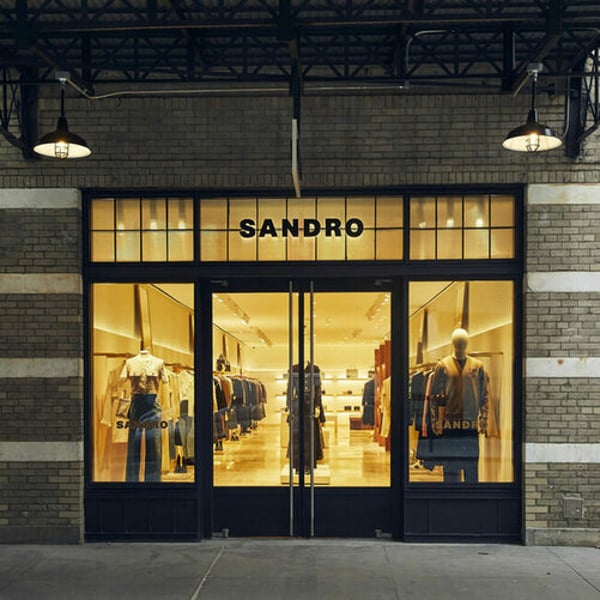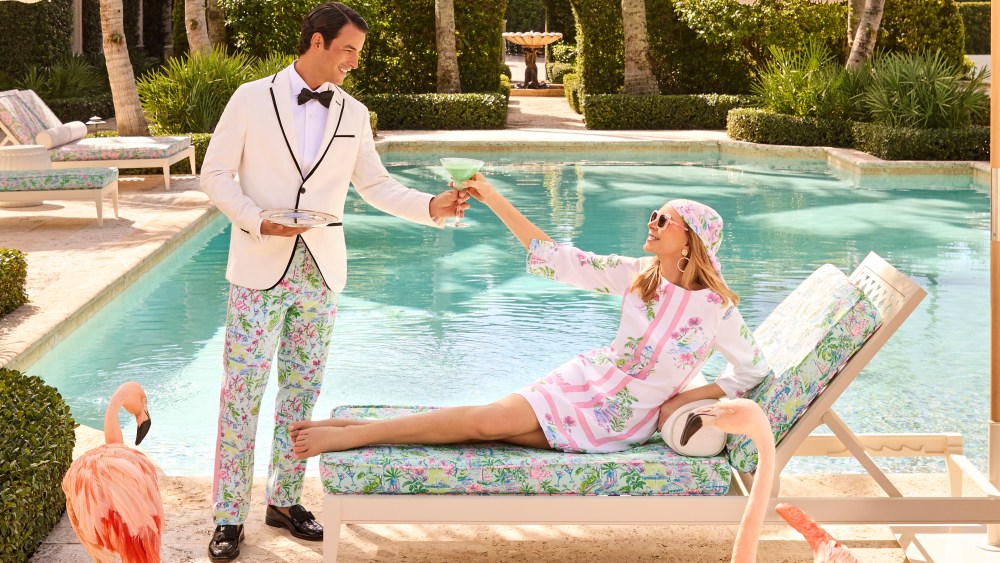As VIP day at Frieze London opens on a brisk Wednesday morning, there are whispers of a recovery: is the market finally showing signs of life, emerging from a coma that has seen galleries shuttering, fairs falling flat and auction results plummeting?
Green shoots are certainly appearing around London’s art scene. As the market begins its long fall sprint (next week is the Art Basel Paris, followed soon after by mega auctions in New York and capped by Art Basel Miami Beach in early December), London’s good news could be the international art world’s great fortune. Much of the optimism in the UK capital comes from an emerging generation of artists and gallerists injecting some excitement into the market.
“There’s a good energy in the city,” says Italian collector Patrizia Sandretto Re Rebaudengo at the fair, adding that she’s particularly impressed by Focus, a section spotlighting young galleries. Last year it was moved closer to the entrance of the tent, where it remains; visitors have to walk to the rear to reach Hauser & Wirth, Gagosian and other art world behemoths. “It’s better,” she says, “because it gives more attention to the young galleries, to the new generation.”
Explanations for the market’s ennui include the familiar boom-and-bust cycle and more worrying sea changes, such as a younger generation of would-be collectors that’s less interested in owning things than its parents. Most agree that in recent years, the prices of early- and midcareer artists were pushed to unsustainable heights. A correction has since taken place. “Sales became very easy. Now you have to really work for them,” says veteran art dealer Thaddaeus Ropac, speaking the day before the fair.
As always, many big galleries have hedged their bets during Frieze Week, making big-ticket secondary sales while still dipping into the poolof emerging talent. The difference is that this year, the strategy seems to be working especially well. Ropac sold a 1987 Robert Rauschenberg at the fair for $850,000; but simultaneously, he opened the first UK solo exhibition of 28-year-old painter Eva Helene Pade in his London gallery. “If the market is more challenging, the best thing to do is to excite people,” he says. Pade’s exhibition opened on Tuesday night to throngs of excited people, who filled the grand gallery’s two floors. By then, though, Ropac had sold all the paintings, which were priced from €20,000 to €175,000 ($23,400 to $204,600).
A Hype Economy
This week in London, hype is once again currency. At the Tuesday night opening for Clarissa, a sprawling pop-up group exhibition with consignments from more than 20 galleries, artists and estates, it was difficult to move through the crowds, even in the vast atrium of the building that had been appropriated for the show. They spilled out onto Caledonian Road and, for one night of the week, Kings Cross felt more important than Regent’s Park.
“It’s a difficult time—you can’t say it’s not—but we seem to be in a really nice pocket of London where we’re getting lots of support,” says Ted Targett, co-founder and director of Brunette Coleman gallery, which has a work on view at Clarissa in addition to a booth at Frieze, a new exhibition of Joyce Joumaa in its Bloomsbury gallery and a small exhibition of Miriam Stoney in the local bookshop Tenderbooks.
For a gallery that represents only six artists, four concurrent shows isn’t bad going. Approached on the opening day at Frieze, Targett is too busy fielding interested clients in front of his installation of paintings by Emma Rose Schwartz to chat. He notes later that the collectors he introduces to his program are often already buying from his neighbors. (Bloomsbury is home to a number of new galleries favored by curators and collectors alike. This year and in the last two years, the Camden Art Centre emerging artist award, which levels up its recipient’s career with a solo exhibition at the respected London institution, has gone to artists represented by three galleries, including Brunette Coleman, all less than five years old and within a 20 minute walk of each other.)
Group Effort
Sharing spaces and co-producing exhibitions—both ways of de-risking projects—are routine for this younger generation of galleries. Their czar is arguably Jonny Tanna, a dealer who runs the shoebox-size Harlesden High Street gallery in North West London and co-founded the experimental, free-to-visit art fair Minor Attractions in Fitzrovia. Its program incorporates readings, performances and film screenings, each drawing their own audience, in addition to presentations from 70 international galleries.
On Tuesday, the preview day for Minor Attractions was comically oversubscribed; thousands of attendees descended upon its location inside the Mandrake hotel. By the end of the night, the doors had been closed to newcomers for safety reasons. Tanna explains, “It’s become a whole thing in itself. It’s become a bit of a spectacle rather than just your average art fair.”
He should know. This year he’s also participating in Frieze and programming a Mayfair pop-up exhibition in collaboration with German gallery Setareh. The opening for that exhibition on Monday night was also a packed-to-claustrophobia affair, teeming with artists, fellow gallerists and an impressive smattering of collectors dressed in the official European collector uniform: too-shiny suits with too-tight trousers and too-thin lapels. Two days into the fair, Tanna says he’s “very happy” with sales across Frieze, the pop-up and Minor Attractions. “The overall idea is to bring Harlesden to a different audience,” he says.
Young Blood
As the week winds down, it seems clear that the dealers with the best prospects are known for their newly hot young artists. Soft Opening, one such gallery—positioned directly in front of the entrance of Frieze—sold 12 works priced as much as £22,000 ($29,600) by mixed media artist Ebun Sodipo from its booth, which contains only six works. Born in 1993, Sodipo is one of the most talked-about artists in London, having been featured in Vogue, British Journal of Photography, Flash Art and a smattering of other art publications this year alone.
“At the end of the day, it’s all about working with quality,” says Maximillian William, the owner of the eponymous six-year-old gallery in Fitzrovia. William’s star artist, Somaya Critchlow, is one of the most-in-demand in London right now. Finding a work of hers on the primary market has been nearly impossible since before her first UK institutional show at Dulwich Picture Gallery earlier this year, and it’s only going to get more difficult. (At the Christie’s Day Sale on Thursday, her 2020 painting “Disjunctive (Wig)” was the first lot. It hammered at £57,150—almost three times its high estimate.)
London’s emerging art scene is undeniably alive. Now its dealers are working to avoid the pitfalls of their forebears—inflated primary market prices or over-reliance on the secondary market—to avoid an early demise. “How is a young person building a gallery today? Inevitably, we need to take risks to grow,” William says.
By Phin Jennings


